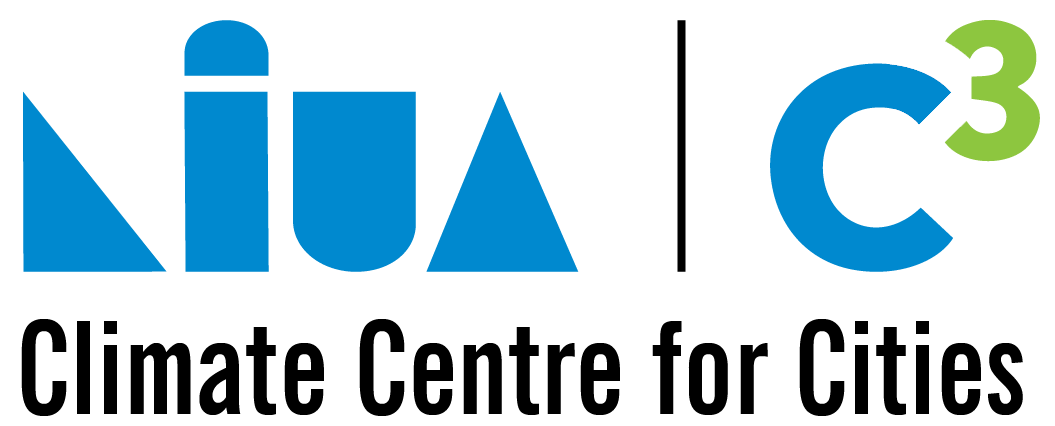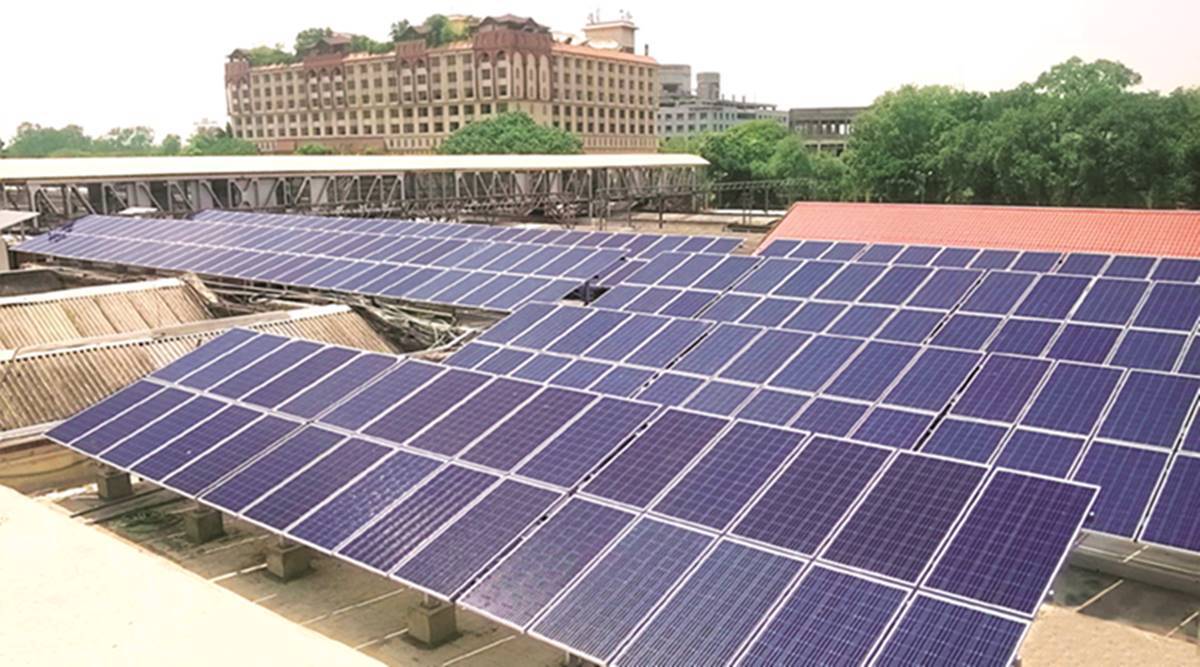Bottlenecks for Rooftop Solar in Indian Cities and How to Address them
Published On:
Wednesday, September 8, 2021
Indian cities have figured intermittently in the Ministry of New and Renewable Energy (MNRE)’s solarization plans. In 2014-2015, the MNRE launched the Solar Citiesprogram to ensure a minimum of 10% reduction in the projected demand for conventional energy in five years through a combination of Energy Efficiency (EE) and Renewable Energy (RE) measures. Guidelines for preparing masterplans by the cities were issued, and some cities followed up with plans.
On 23 April 2018, Diu Smart City became the first to run on 100% RE during the daytime – a move facilitated significantly by solar installations – a 9 MW solar park, 1.3 MW of rooftop solar on government buildings and several willing residents who also installed them.
In May 2020, the MNRE sanctioned a scheme for 100% solarization of the Konark temple and Konark town in Odisha state. A concept note followed in December 2020 that envisaged setting up at least one green city in each state. The guidance to the states is that the city so selected either be the capital city or a known tourist destination. Rooftop solar PV (RTS) is one of the means identified – with Central Finance Assistance (CFA) (meaning funding from India’s Union Government) announced for different categories of installations. Recently in June 2021, MNRE has issued a notification listing out the states that have identified solar cities.
Despite the optimism generated by these developments, rooftop solar has not picked up in India. Recent reports by the Asian Development Bank (ADB) and Indiaspend corroborate the same.
Two major pain points have stymied rooftop solar: the complicated financing systems, especially in residential and Small and Medium Enterprises (SME) segments. Second, the distribution utility (DISCOM) engagement in the process is minimal and seen as a hurdle. Studies (this and this) on possible reasons for the lukewarm response by consumers and slow adoption of RTS in MNRE’s PHASE I programme suggest that DISCOMs played a negative role due to the fear of losing customers and revenue. To address this concern, PHASE II of the MNRE programme provided DISCOMS performance-linked incentives and were mandated as the primary entity to promote RTS.
There has, however, been little change, mainly because of the perception of DISCOMS towards the RTS sector. A deeper look at RTS suggests that its adoption brings multiple benefits for DISCOMS:
-
Access to cheap electricity to manage daytime peaking power requirements
-
Minimizing technical losses
-
Reducing overall pressure on the grid.
While several DISCOMS are aware of these benefits, the fear of reduced consumer sales is an overarching concern, resulting in lukewarm RTS adoption across India.
How do we turn the tide in favour of RTS adoption?
Easy financing for residential and SMEs
Easy financing could give a much-needed push to accelerate RTS adoption. (see this and this). The Reserve Bank of India (RBI) could use the priority sector lending mechanism to make it mandatory for banks to meet the target set for RTS loans and simplify paperwork for obtaining loans. In a WRI study focusing on the residential segment, we found that for loans worth a few lakhs, the banks sought the title deeds of the house as collateral - the value of which often ran into crores. This was seen as a disincentive for interested customers.
Furthermore, during the calculations of the interest rate and payback period for loans, the banks have no mechanisms to consider the state-specific electricity tariffs for net metering and savings made thereof. The banks usually followed a standardized tariff set by their internal processes, resulting in higher interest rates for the end-users. For the SMEs, the challenge was to prove the creditworthiness of firms and the issue of calculating the payback period for loans and interest rates.
Innovations in financing
Additionally, we need to explore mechanisms like on-bill financing[1]. Here, the DISCOM could be the guarantor for customers adopting solar within its service area. The cost of loans would come down for the customer as the risk significantly reduces. For developers and bankers, this would reduce the risk of investment. In addition, the monthly payments for the rooftop solar installations could be collected through billing and in case of a default, the DISCOM could take necessary steps against the customers. Due to the reduced cost of loans, the generation cost of rooftop solar would be cheap for the DISCOMS, giving them access to low-cost power and help reduce transmission and distribution losses in the system. Additionally, it would help meet the Renewable Purchase Obligations (RPOs are the mandated minimum RE that Indian utilities must buy, to meet their carbon reduction goals) targets for the DISCOMs, which according to a MERCOM study, is less than 60% across 27 states and union territories.
Rooftop solar aggregation
A recent study by WRI India found that developers will benefit from economies of scale with the aggregation of rooftop spaces, thus reducing the overall cost of installations. This model was seen in Madhya Pradesh where the discovered price of the bid for 10.8 MW was Rs 4.61 as against the DISCOMS tariff of Rs 7.5 per unit In this case, the savings were estimated to be Rs 2.39 crores for the first year and Rs 233 crores over 25 years.
The revival of the RTS sector would require addressing these longstanding bottlenecks. The sector eagerly awaits good news from the policymakers to boost the situation in the coming months.
[1] This is an arrangement where cconsumers will have access to low interest and longer tenure loans facilitated by the Discom and pay the EMI to the Discom as a part of their monthly bill
Contact Us
1st and 2nd Floor, National Institute of Urban Affairs
India Habitat Centre Lodhi Road New Delhi-110003
Please Call Help Desk at 011-411-86699
Monday - Friday, 9:00 AM - 5:00 PM
Please write to us at c-cube@niua.org








Post a Comment